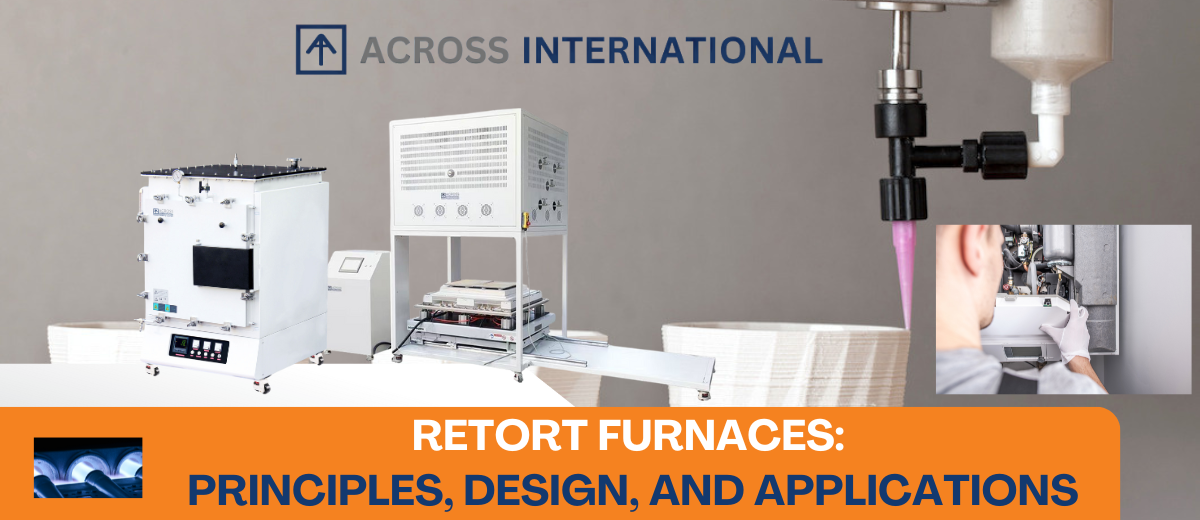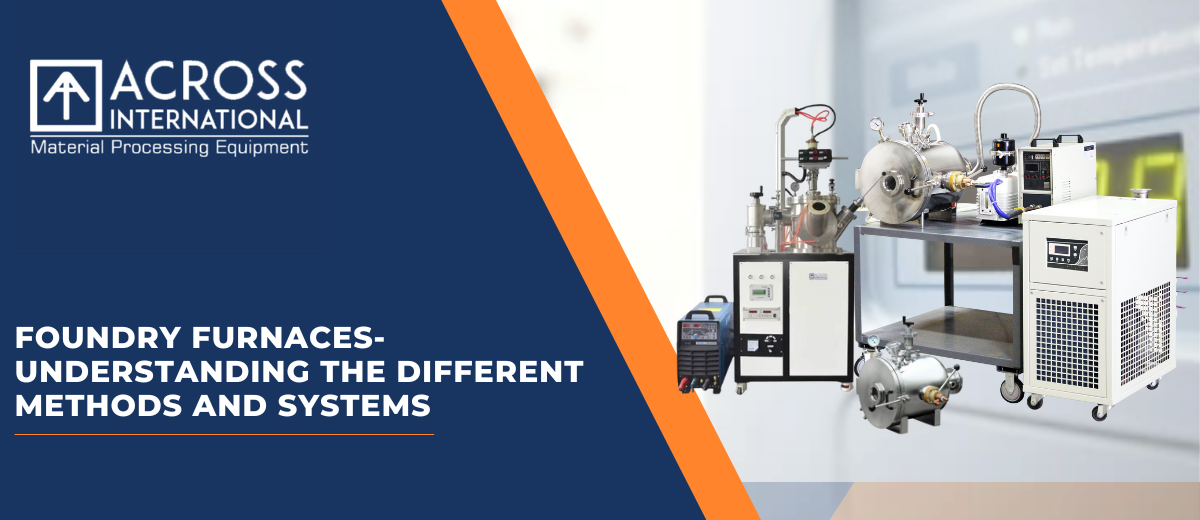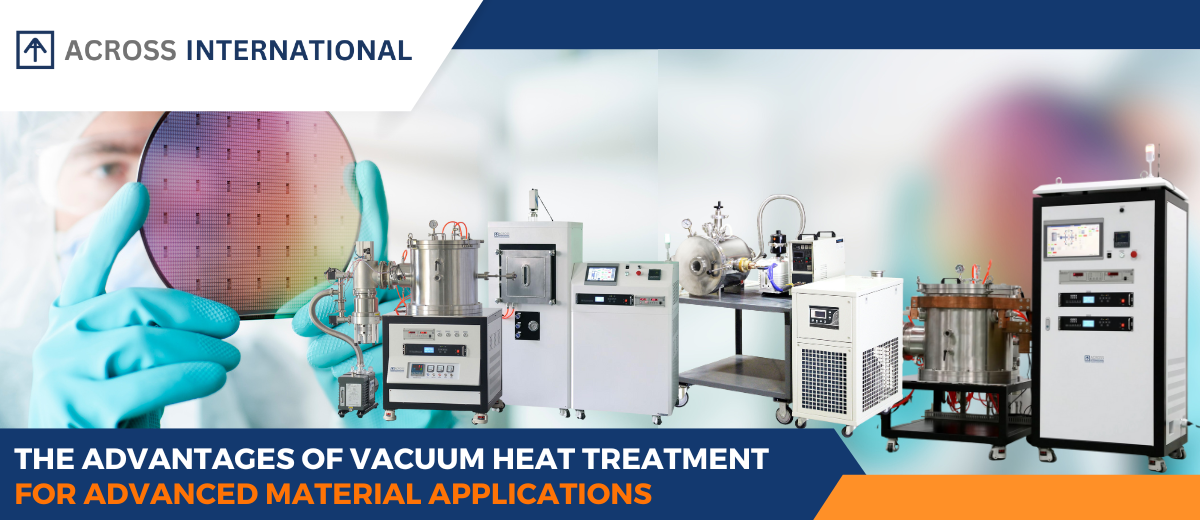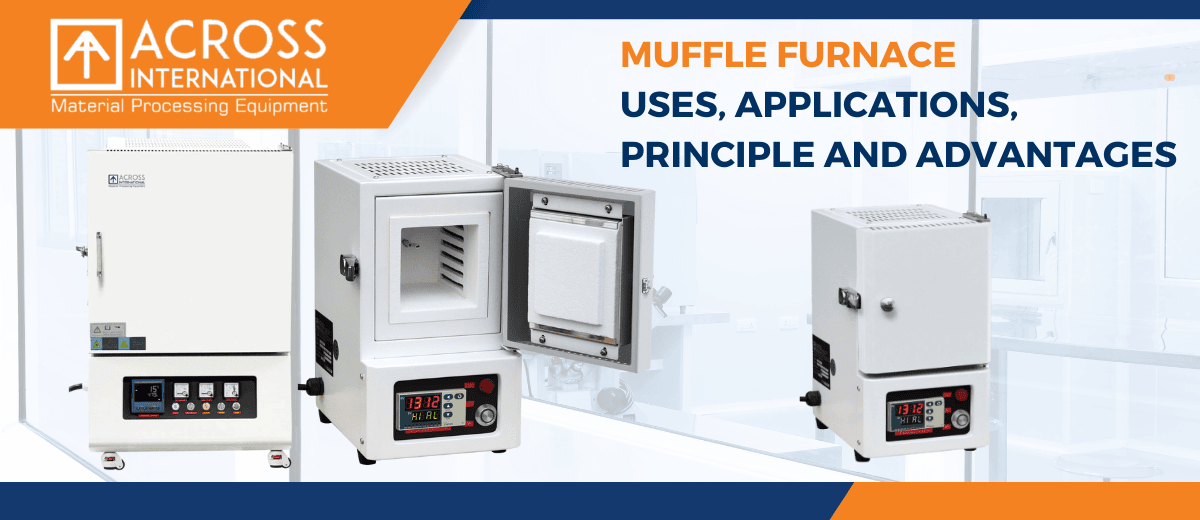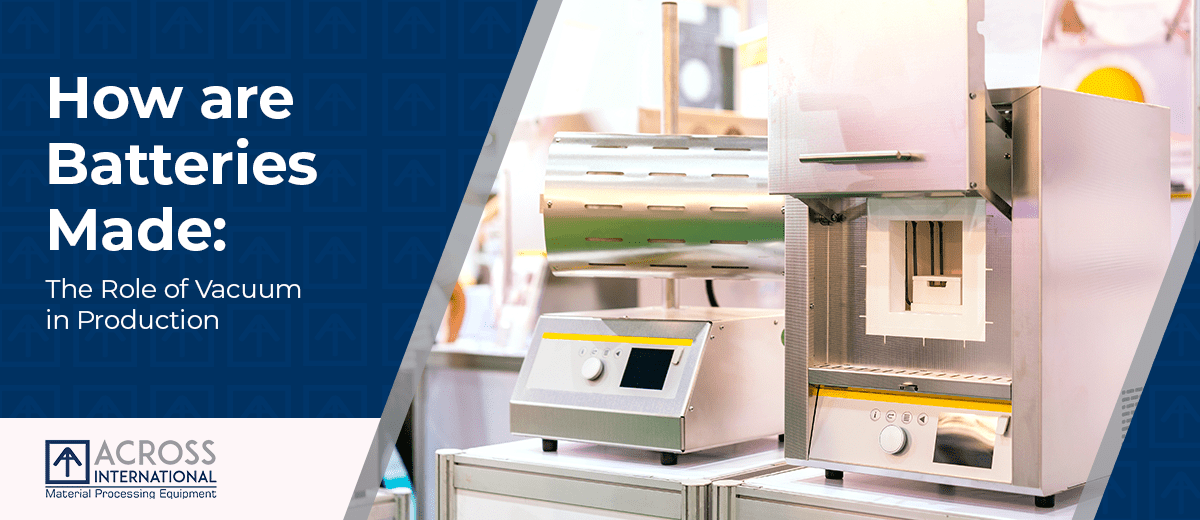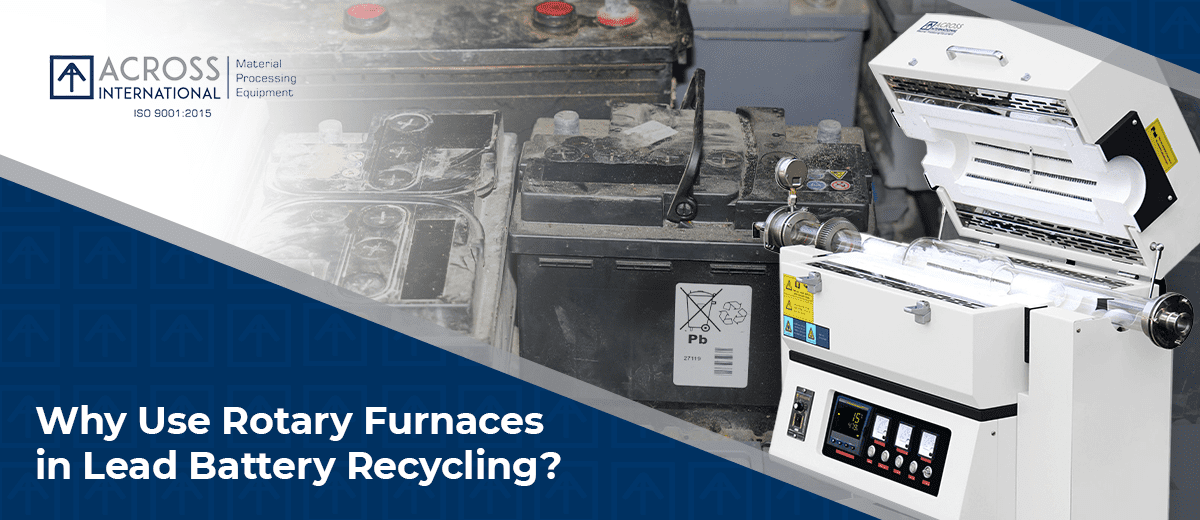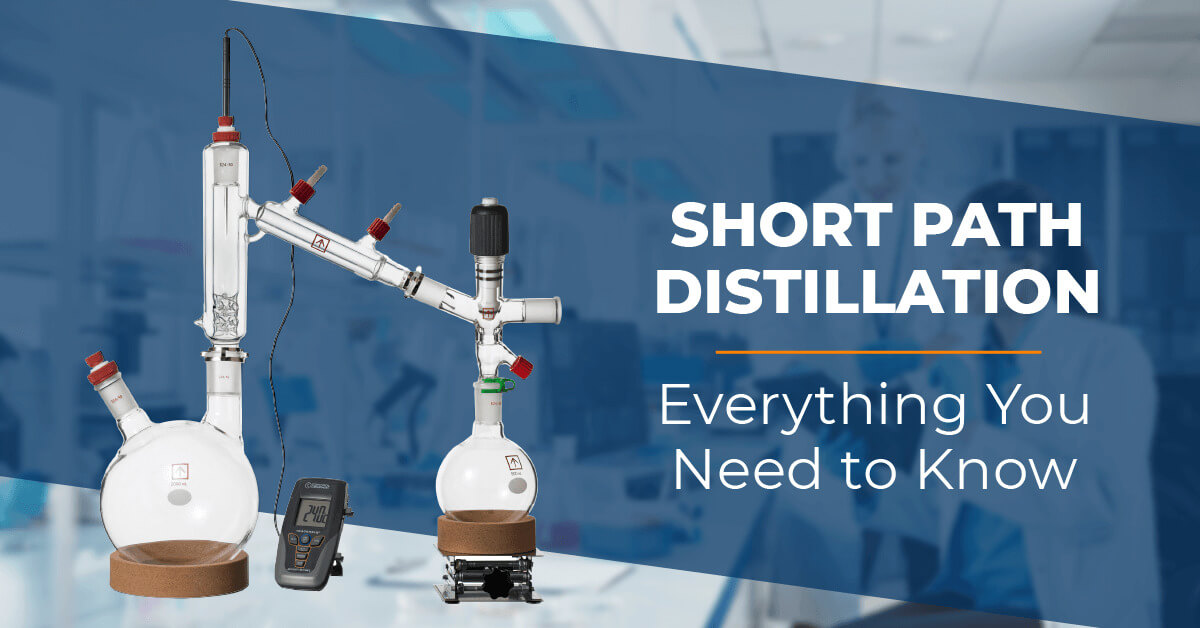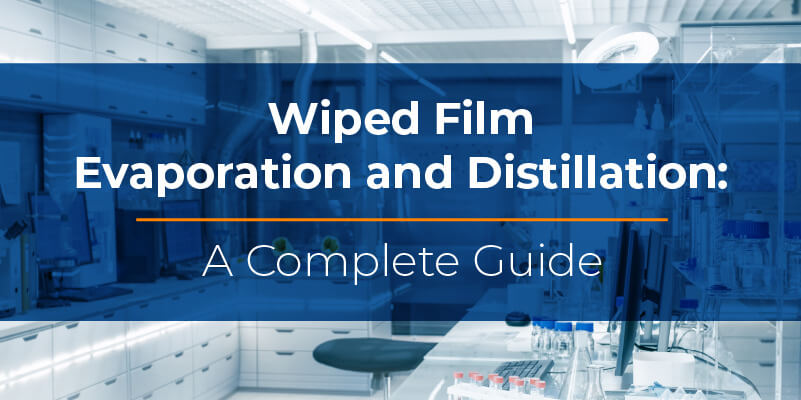
Distillation is one of the most widely used processes in industries that refine oils, purify water, and produce alcoholic beverages. History experts claim the origins of distillation go back to as early as 1200 BC, attesting to its efficacy in manufacturing everyday products.
Various distillation techniques help produce different products. One of these techniques is wiped or thin film distillation. It’s often confused with short path distillation, but their cost, technology, and scale differ.
It’s worth adopting wiped film distillation if your business processes high-viscosity products. Check the infographic below to learn about wiped film distillation and the advantages that separate it from other distillation techniques.
What is wiped film distillation?
Wiped film or thin film distillation involves separating the compounds of heat-sensitive and highly viscous liquids using a vertical evaporator. As the fluid is poured into the machine, the rotor blade or wiper distributes the liquid to the evaporator’s inner surface to create a thin film.
The film is usually 0.1 to 0.5 mm thin. Its thinness depends on the wiper’s capacity and the product’s viscosity, liquid throughput, and rotating speed. The film doesn’t contain hydrostatic pressure, concentration profile, or temperature gradient. It has minimum hold-up, too, thanks to the radial mixing process.
The use of tin film distillation is prevalent in industries that devolatilize, purify, and strip raw liquids of unnecessary compounds. For instance, this process helps cannabis companies separate residual waxes, fats, terpenes, chlorophyll, and plant materials that do not boil from cannabidiol.
Wiped film distillation helps manufacturers reduce operating temperatures and pressures, increase evaporation rates, and shorten residence time. Chemical, food and beverage, pharmaceutical, biotechnology, and nuclear industries primarily benefit from this distillation process.
How does wiped film distillation work?
A wiped film evaporation machine consists of three main parts: a feed inlet at the top of the device, rotor blades inside a cylindrical heating jacket, and outlets or discharge nozzles for product concentrate and vapor.
The distillation process comprises several steps:
1. The raw liquid is poured inside the wiped film evaporator through its feed inlet.
2. The evaporator's rotor blades rotate to evenly distribute the liquid to the machine's heated inner surface and create a thin film.
3. The liquid's more volatile compounds evaporate through conductive heat transfer. The vapor flows either counter-currently or co-currently through the rotor blades.
4. The vapor exits the machine thorough its vapor outlet. It awaits condensation or further processing, like fractionation.
5. The liquid's less or non-volatile compounds exit the machine through its other discharge nozzle. These compounds include salts, chlorophyll, and wax.
Since wiped film distillation usually occurs within one machine, manufacturers of oil, chemical, and beverage products can save on facility space and additional equipment and instruments.
7 Advantages of Wiped Film Distillation
Wiped film distillation offers unique advantages that stand out from other distillation or evaporation processes. Here are the results you can expect from adopting thin film distillation.
1. Shortens residence time of the feed liquid
The residence time of raw liquid for wiped film distillation takes only 1 to 3 minutes. In comparison, the residence time for short path distillation usually lasts up to 60 minutes.
The fast residence time ensures the raw liquid doesn’t degrade throughout the thin film distillation process. It also preserves the liquid’s quality after being stripped of less volatile and heavy compounds.
2. Speeds up heat transfer
Thin film distillation allows faster heat transfer through a bow wave. The creation of this mechanism occurs as rotor blades wipe the raw liquid onto the machine’s heated inner wall. Not only does thin film distillation increase heat transfer, but it also activates and accelerates evaporation.
3. Processes high-viscocity and high-solids materials
Thin film distillation allows manufacturers to quickly process thick and sticky liquids such as raw and essential oils, polymers, fats, and some dairy products.
4. Refines heat-sensitive and dirty materials
Wiped film evaporators usually use low evaporation temperatures and vacuums to purify the quality of oils, fats, and more. This slow heating process ensures the raw liquids are converted into high-quality and effective products.
5. Allows large batches of liquids for distillation
Manufacturers can process large batches of their liquid products since wiped film distillation makes for shorter residence time and faster heat transfer. This process increases productivity, minimizes delays, and maximizes time and equipment investments.
6. Requires no changeover
Unlike short path distillation, wiped film distillation doesn’t require a changeover where manufacturers change or adjust machines or assembly lines to produce different products. No changeover allows manufacturers to run large-scale operations continuously, reduce the liquid product’s exposure time, and meet customer demand.
7. Reduces costs
Altogether, the benefits above lead to reduced costs. Wiped film distillation requires minimal equipment, apparatus, and space. It also speeds up distillation processes for thick liquids, allowing manufacturers more time to ideate new products and enhance their operations.
Get Quality Wiped Film Distillation Kits from Experts
Processing and refining high-viscosity products can be tedious and time-consuming. Fortunately, wiped film distillation can help reduce processing time and costs. Adopting this distillation into your manufacturing process can move your business forward.
Your thin film distillation process can be more successful with a quality thin film distillation kit, such as one from Across International. Our thin film distillation products can continuously process large batches of hemp and cannabis oil. They also come with heated gear pumps and an enhanced condenser configuration, creating a more intuitive and efficient distillation machine.
Additionally, you can use rollers or wipers to customize your thin film distillation kit for your process requirements.
Request a quote to learn more about our thin film distillation kit for labs.


